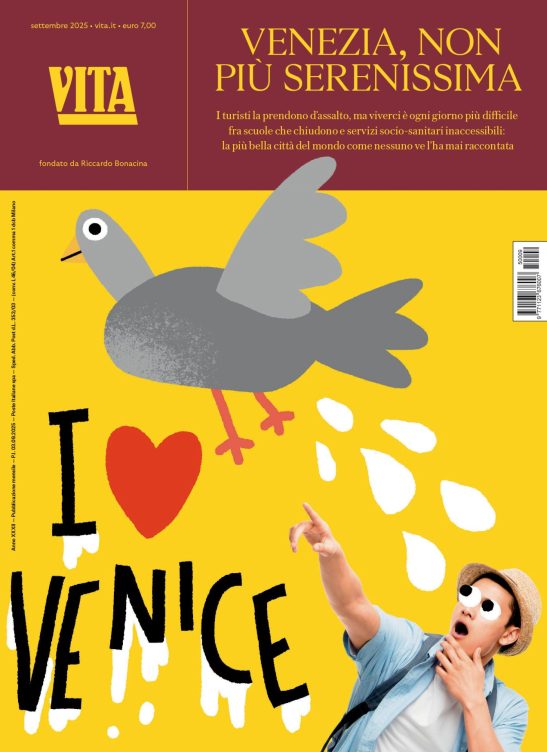Mondo
Italian elections: Tax measures for the third sector
The 5 x mille: the story of the successes and failures of a measure that for 3 years has allowed Italian tax payers to transfer 5 thousandths of their income tax to the third sector
di Staff
Launched in 2005, Italy?s ?5 x mille? was immediately a great success with Italian taxpayers. But the third sector has failed to reap all the benefits: here is the tormented story of an innovative procedure stilted by maladministration and shortsightedness.
The so called ?automatic? procedure that non profit organisations had to follow to make it into the lists of this year?s 5x mille beneficiaries closed on the 31st March. Although this is the third time that Italian non profit organisations are asked to squeeze their brains over the many steps needed to complete the computerised procedure, following the Italian inland revenue agency?s guidelines pixel by pixel, they still had their fingers crossed hoping not to have made any mistakes ? mistakes that would have excluded them from the list of organisations entitled to receive their share of taxpayer?s 5 thousandths, or as it is known in Italy ?5 x mille?.
Third time lucky goes the saying, but this might just be the exception that proves the rule as each year the government has decided to change the rules of this tax measure that Italians have fallen in love with (though most of them probably don?t know about the cold sweats organisations go through to reap its benefits.
How it all began
It all started in 2005, with the government?s financial plan for the following year. The then Minister of the Economy Giulio Tremonti added the ?5x mille? as an ?experimental? measure meant as a means of financing volunteering, scientific research, health research, and local authority?s social services. But, being little more than an afterthought, no funds were set aside to pay for its implementation and management.
Implemented for the first time during the income tax declarations in 2006, and with no campaign to promote it, (lets not forget that in the meantime the government had changed, in April 2006) the success of Italy?s first ?5 x mille? was undeniable: 60% of tax payers ? more than 15 million Italians ? chose to transfer 5 thousandths of their declared income tax to 28 thousand organisations (more than 6 thousand will later be excluded) and local social services, for a total of 345 million euros.
Road gets rocky
All well, then? Not really. It is the end of 2006 and the ?5 x mille?s? path is getting rocky. Firstly, there are no funds to cover the law ? and the media were quick to call it Tremonti?s ?original sin?. As if this weren?t enough, the government then ?forgot? to include the ?5 x mille? in 2007?s financial plan. Although the government later corrected its ?mistake?, it decided to places a 250 million euro roof on the ?5 x mille?. The third sector went up in arms and managed to bring the roof up to 400 million euros. But that?s not it. The payments for 2006 still haven?t made it to destination (we can say they are ?en voyage?) and in 2007 a series of delays and contradictions in the rules that regulate the inclusion and exclusion of beneficiaries means that many organisations are ticked off the list: of 31 thousand estimated applicants, more than 10 thousand are left out (these are approximate figures as the official ones are still to be released).
So here we are at the third edition of the ?5 x mille?. It may seem incredible, but the government again ?forgot? to include the ?5 x mille? in the financial law. The mistake was then (again) corrected, but the government saves the best for last, and places a 100 million euro roof on the amount that can be given to the third sector, which it later changed to 380 million euros.
It is little wonder that much of the non profit world has lost itself in the 5x mille jungle. There would be a solution though: to take the ?5 x mille? out of its precarious situation by making it into a real law. What will the next government do?
More info
Nessuno ti regala niente, noi sì
Hai letto questo articolo liberamente, senza essere bloccato dopo le prime righe. Ti è piaciuto? L’hai trovato interessante e utile? Gli articoli online di VITA sono in larga parte accessibili gratuitamente. Ci teniamo sia così per sempre, perché l’informazione è un diritto di tutti. E possiamo farlo grazie al supporto di chi si abbona.
